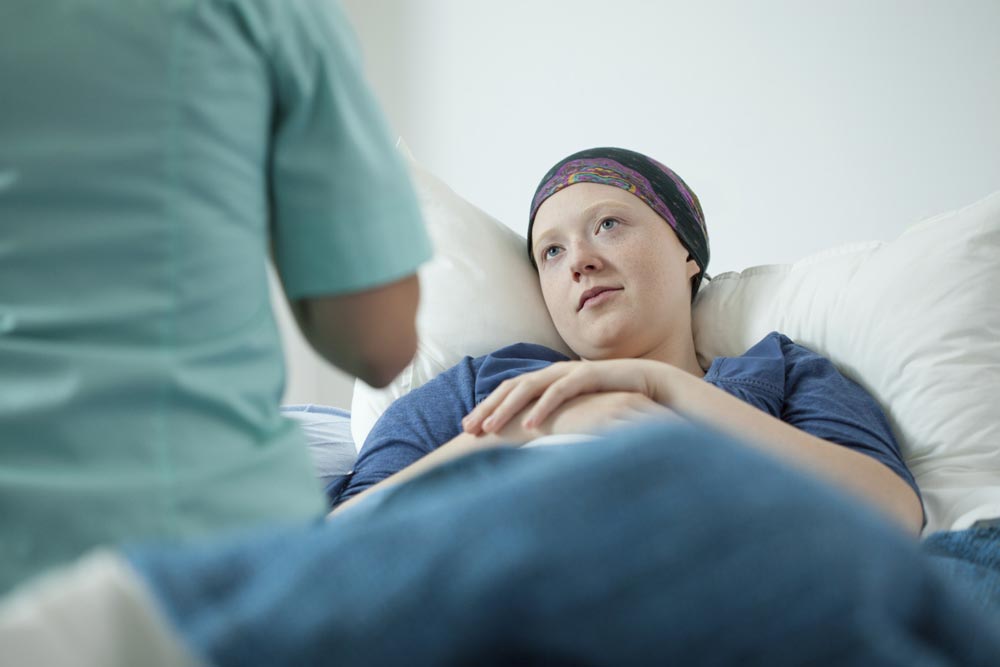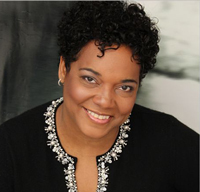 In the past, massage was considered contraindicated for cancer patients, because of fears that massage could spread the disease.
In the past, massage was considered contraindicated for cancer patients, because of fears that massage could spread the disease.
Before this perception was debunked, massage therapists would work with massage clients only with a doctor’s permission and probably only in the end stage of care.
Roots of Oncology Massage
Tracy Walton, L.M.T., and Gayle MacDonald, L.M.T., two well-known authors and pioneers in the field of oncology massage, helped to changed the minds of the medical establishment and the trajectory of oncology massage through their compassion, commitment and research. Massage therapists now stand respectfully and respected at the bedside of oncology patients along with a team of doctors, nurses and medical professionals in the most prestigious cancer hospitals in the country, such as MD Anderson Cancer Center, Memorial Sloan Kettering, Mt. Sinai and NYU Medical Center, among many others.
Improved Patient Care with Massage
Gone are the days when massage was seen as only a comfort in the last stages of treatment, but instead is embraced as an integral part of the oncology team providing a comprehensive body-mind-spirit approach to healing. Cancer patients receive massage treatments tailored to their specific needs at every stage of treatment and in every setting including hospitals, clinics, home care and hospice.
Research indicates that cancer symptoms like nausea, fatigue, depression and insomnia are reduced when massage or bodywork is part of cancer treatment, and patients and doctors are realizing that massage can be a game changer in the patient’s ability to tolerate toxic and debilitating cancer protocols. Instead of massage being an addendum to treatment for cancer, it has become a vital and respected tool that addresses patients’ comfort and care.
Training for the Best Care
Today, thanks to pioneering teachers like Walton and MacDonald, massage therapists can get specialized training that addresses the specific needs and concerns a cancer diagnosis presents. Surgery, chemotherapy and radiation all have detrimental side effects which, coupled with the trauma of a life-threatening diagnosis, compromise the patient’s physical and mental well-being. Oncology massage does not aim to treat the disease, but rather focuses on alleviating the side effects the treatment produces.
Massage therapists looking to specialize in oncology massage need training that addresses the specific needs of oncology patients. There are teachers and organizations around the country that offer oncology massage continuing education. The Society 4 Oncology Massage is a resource for finding teachers and programs specializing in oncology massage.
Oncology massage training educates practitioners about the myriad physical and mental assaults a cancer diagnosis presents. The side effects of cancer treatment may include the risk of lymphedema; deep vein thrombosis; a weakened immune system; painful, hyper-sensitive skin; paraesthesia; anxiety; fear; depression; and constipation, among others.
A great oncology training program discusses these issues so that therapists are able to develop and deliver a session that may include physical and energetic work. Techniques range from simple hand-holding to extremely light strokes to frictioning scar tissue.
Connecting to Clients
After you have completed in depth training in oncology massage, one way to enter the field of oncology massage is to start by volunteering at oncology-related organizations such as the American Cancer Society, Hope Lodge, Susan G. Komen Foundation and Avon 39—Walk to End Breast Cancer. Volunteering can help you develop relationships with administrators and oncology patients.
It is not necessary to affiliate with a hospital, nor is certification necessary. However, oncology patients tend to be educated about their disease and look for therapists who understand cancer and treatment protocols, so oncology training is imperative. As with all massage, relationships and word of mouth are the best ways to grow a practice.
Impact Lives Through Massage
It would seem that massage is returning to its rightful place alongside doctors and nurses in medical settings after decades of being relegated to the sports and spa world. Pharmacology and technology replaced the simple, yet powerful, art of touch in hospitals for expediency and efficiency.
The art and science of massage, through the decades-long work of dedicated professionals, has captured the attention of the medical establishment, the massage community—and most importantly, cancer patients, because informed touch has tremendous power to establish trust, alleviate suffering and facilitate healing.
About the Authors
 Felicia Newsome, L.M.T. has specialized in oncology massage since 2005, when she began her comprehensive training at Memorial Sloan Kettering’s Integrative Medicine Center. Currently, she is senior massage therapist and team leader at the Perlmutter Cancer Center at the NYU School of Medicine, and managing director of the Oncology Massage Training and Certification Program at The Center for the Advancement of Therapeutic Arts (CATA, NYC).
Felicia Newsome, L.M.T. has specialized in oncology massage since 2005, when she began her comprehensive training at Memorial Sloan Kettering’s Integrative Medicine Center. Currently, she is senior massage therapist and team leader at the Perlmutter Cancer Center at the NYU School of Medicine, and managing director of the Oncology Massage Training and Certification Program at The Center for the Advancement of Therapeutic Arts (CATA, NYC).
 Michael Alicia, L.M.T. is the founder and director of CATA, NYC. Alicia has been a licensed massage therapist since 1992 and a teacher at Swedish Institute College of Health Sciences in New York, New York, since 1994. He is also a visiting faculty member at the Therapeutic Massage Training Institute in Charlotte, North Carolina. With Newsome, Alicia created CATA’s Oncology Massage Training and Certification Program, a comprehensive, state-of-the-art curriculum designed to educate licensed massage therapists in the safe practices of oncology massage.
Michael Alicia, L.M.T. is the founder and director of CATA, NYC. Alicia has been a licensed massage therapist since 1992 and a teacher at Swedish Institute College of Health Sciences in New York, New York, since 1994. He is also a visiting faculty member at the Therapeutic Massage Training Institute in Charlotte, North Carolina. With Newsome, Alicia created CATA’s Oncology Massage Training and Certification Program, a comprehensive, state-of-the-art curriculum designed to educate licensed massage therapists in the safe practices of oncology massage.